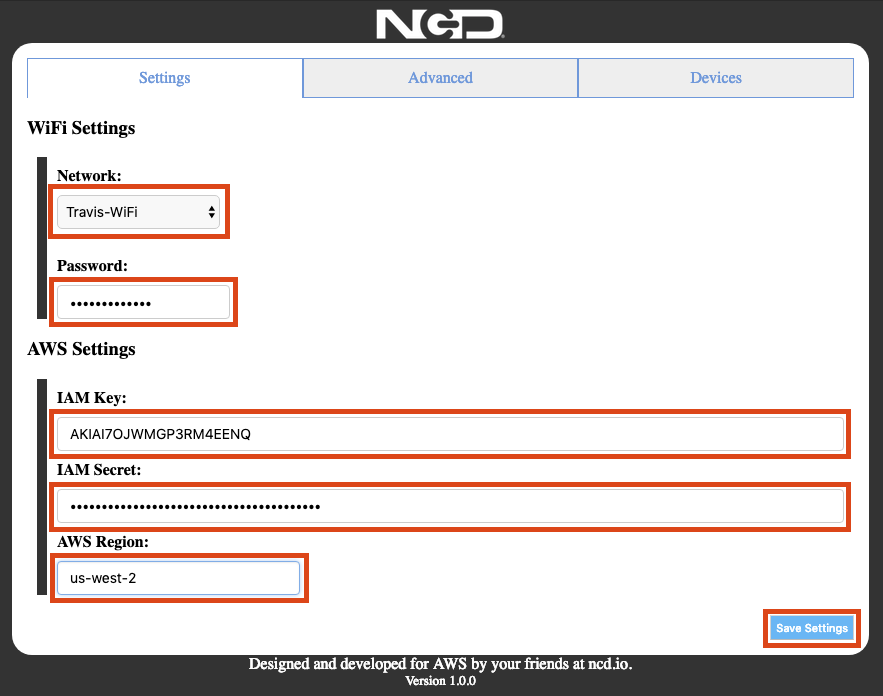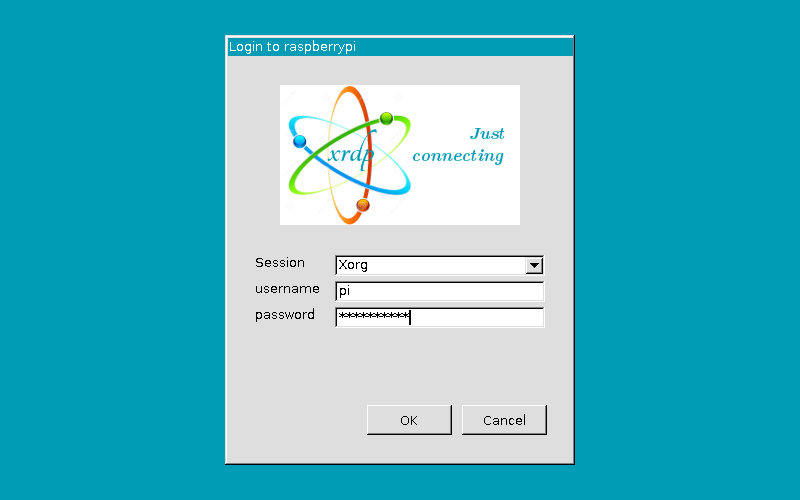Hey there, tech enthusiasts! Let’s dive straight into the heart of cloud computing and IoT magic. If you're scratching your head wondering what remoteIoT batch job example in AWS remote means, you're in the right place. This is a topic that’s both exciting and packed with potential for developers, engineers, and anyone looking to scale their IoT projects. So, buckle up and let’s unravel this mystery together!
RemoteIoT batch jobs in AWS aren’t just some fancy buzzwords; they’re powerful tools that can transform how you manage, analyze, and process data. AWS has revolutionized the way we interact with IoT devices by providing scalable, cost-effective solutions. Whether you’re dealing with smart home devices, industrial sensors, or agricultural monitoring systems, AWS RemoteIoT batch jobs can streamline your workflow.
Now, before we dive deep into the nitty-gritty, let’s set the stage. If you’ve ever felt overwhelmed by the complexity of IoT data management, you’re not alone. But fear not! AWS offers robust services like AWS IoT Core, AWS Batch, and AWS Lambda that make handling remote IoT batch jobs a breeze. Stick around, and I’ll show you exactly how it works.
Read also:Pining For Kim Animation Mp4 A Deep Dive Into The Phenomenon
What is RemoteIoT Batch Processing in AWS?
Alright, let’s start with the basics. RemoteIoT batch processing in AWS refers to the practice of executing large-scale data processing tasks for IoT devices in a controlled and efficient manner. Think of it as a massive assembly line where data from thousands—or even millions—of IoT devices is processed simultaneously. AWS provides the infrastructure to handle this complexity without breaking a sweat.
Here’s why this matters: IoT devices generate a ton of data, and processing it in real-time can be resource-intensive. Batch processing allows you to schedule and execute these tasks during off-peak hours, saving costs and optimizing performance. AWS services like AWS Batch and AWS IoT Core work hand-in-hand to make this possible.
And guess what? You don’t need a PhD in computer science to get started. With the right tools and a bit of practice, anyone can master remoteIoT batch job examples in AWS remote environments.
Why AWS is the Go-To Platform for RemoteIoT Batch Jobs
Now, let’s talk about why AWS reigns supreme when it comes to IoT batch processing. AWS isn’t just another cloud provider; it’s a powerhouse that offers an extensive suite of tools tailored for IoT developers. From data ingestion to analytics, AWS has got you covered.
Here are a few reasons why AWS stands out:
- Scalability: AWS can handle projects of any size, from small startups to enterprise-level solutions.
- Cost Efficiency: With AWS, you only pay for what you use, making it an affordable option for businesses of all sizes.
- Integration: AWS services seamlessly integrate with each other, creating a cohesive ecosystem for IoT development.
- Security: AWS prioritizes data protection, ensuring your IoT data is safe and compliant with industry standards.
When it comes to remoteIoT batch job examples, AWS offers the flexibility and reliability you need to succeed.
Read also:Aimee Bock Biography The Inspiring Journey Of A Visionary Leader
Understanding AWS Batch for IoT
Let’s zoom in on AWS Batch, a key player in the world of IoT batch processing. AWS Batch is designed to handle compute-intensive workloads, making it perfect for processing large volumes of IoT data. It automatically scales compute resources based on the volume and complexity of your batch jobs, ensuring optimal performance.
Here’s how it works:
- Submit your batch job to AWS Batch.
- AWS Batch determines the optimal compute resources needed.
- The job is executed, and results are delivered back to you.
This process is automated, saving you time and effort. Plus, AWS Batch integrates seamlessly with other AWS services, such as AWS IoT Core and AWS Lambda, creating a streamlined workflow for IoT projects.
Benefits of Using AWS Batch for RemoteIoT Jobs
There are several advantages to using AWS Batch for your remoteIoT batch jobs:
- Automation: AWS Batch automates the entire process, from resource allocation to job execution.
- Scalability: It scales automatically to handle large workloads without manual intervention.
- Cost Savings: You only pay for the compute resources you use, minimizing expenses.
Whether you’re processing data from a single device or an entire fleet, AWS Batch has got you covered.
How AWS IoT Core Fits into the Puzzle
Now, let’s talk about AWS IoT Core, another critical component of remoteIoT batch processing. AWS IoT Core acts as the bridge between your IoT devices and the AWS cloud. It enables secure and reliable communication between devices, making it easier to manage and process IoT data.
Here’s how AWS IoT Core enhances your batch processing capabilities:
- Device Management: Easily manage thousands of IoT devices from a centralized platform.
- Data Ingestion: Collect data from IoT devices in real-time and store it securely in the cloud.
- Rules Engine: Define rules to trigger actions based on incoming data, such as initiating batch jobs.
With AWS IoT Core, you can create a robust pipeline for IoT data processing, ensuring smooth execution of remoteIoT batch jobs.
Setting Up AWS IoT Core for Batch Processing
Setting up AWS IoT Core for batch processing is straightforward. Here’s a quick guide:
- Create an AWS IoT Core account if you haven’t already.
- Register your IoT devices and configure security settings.
- Set up rules to trigger batch jobs based on specific conditions.
- Test your setup to ensure everything is working as expected.
Once you’ve completed these steps, you’ll be ready to tackle remoteIoT batch jobs with confidence.
Best Practices for RemoteIoT Batch Job Examples in AWS
Now that you have a solid understanding of the tools and services involved, let’s talk about best practices. These tips will help you optimize your remoteIoT batch jobs and avoid common pitfalls.
Here are some key best practices:
- Plan Your Workload: Define your batch job requirements and allocate resources accordingly.
- Monitor Performance: Use AWS CloudWatch to track the performance of your batch jobs.
- Secure Your Data: Implement encryption and access controls to protect sensitive information.
- Test Thoroughly: Before deploying your batch jobs, test them extensively to ensure they work as intended.
By following these best practices, you’ll be able to execute remoteIoT batch jobs more efficiently and effectively.
Common Challenges and Solutions
Of course, no journey is without its challenges. Here are a few common issues you might encounter and how to solve them:
- Resource Limitations: If you run out of compute resources, consider increasing your AWS Batch fleet size.
- Data Overload: To handle large volumes of data, use AWS S3 for storage and AWS Glue for data transformation.
- Security Concerns: Regularly update your security protocols and monitor for potential threats.
With the right strategies in place, you can overcome these challenges and achieve success with your remoteIoT batch jobs.
Real-World Examples of RemoteIoT Batch Jobs in AWS
Let’s take a look at some real-world examples of remoteIoT batch jobs in AWS. These examples demonstrate how businesses are leveraging AWS to solve real problems and drive innovation.
Example 1: Smart Agriculture
Agricultural companies are using AWS IoT Core and AWS Batch to process data from soil sensors. By analyzing this data in batches, they can optimize irrigation schedules and improve crop yields.
Example 2: Industrial IoT
Manufacturing plants are employing remoteIoT batch jobs to monitor equipment performance. This allows them to predict maintenance needs and reduce downtime.
These examples showcase the versatility and power of AWS for remoteIoT batch processing.
How to Implement These Examples in Your Projects
Implementing these examples in your own projects is easier than you might think. Here’s how:
- Identify your business needs and define your batch job requirements.
- Select the appropriate AWS services to support your project.
- Develop and test your batch jobs in a sandbox environment.
- Deploy your solution and monitor its performance in real-world conditions.
With AWS, the possibilities are endless. You can tailor your remoteIoT batch jobs to fit your specific needs and achieve remarkable results.
Conclusion: Taking Your IoT Projects to the Next Level
And there you have it, folks! RemoteIoT batch job examples in AWS remote environments are powerful tools that can elevate your IoT projects to new heights. By leveraging AWS services like AWS Batch and AWS IoT Core, you can process large volumes of data efficiently and cost-effectively.
Remember, the key to success lies in planning, testing, and optimizing your batch jobs. Stick to best practices, stay vigilant about security, and don’t hesitate to reach out for help when needed.
So, what are you waiting for? Dive into the world of remoteIoT batch jobs and start transforming your IoT projects today. Don’t forget to leave a comment or share this article if you found it helpful. Happy coding!
Table of Contents
- What is RemoteIoT Batch Processing in AWS?
- Why AWS is the Go-To Platform for RemoteIoT Batch Jobs
- Understanding AWS Batch for IoT
- How AWS IoT Core Fits into the Puzzle
- Best Practices for RemoteIoT Batch Job Examples in AWS
- Real-World Examples of RemoteIoT Batch Jobs in AWS
- Conclusion: Taking Your IoT Projects to the Next Level


